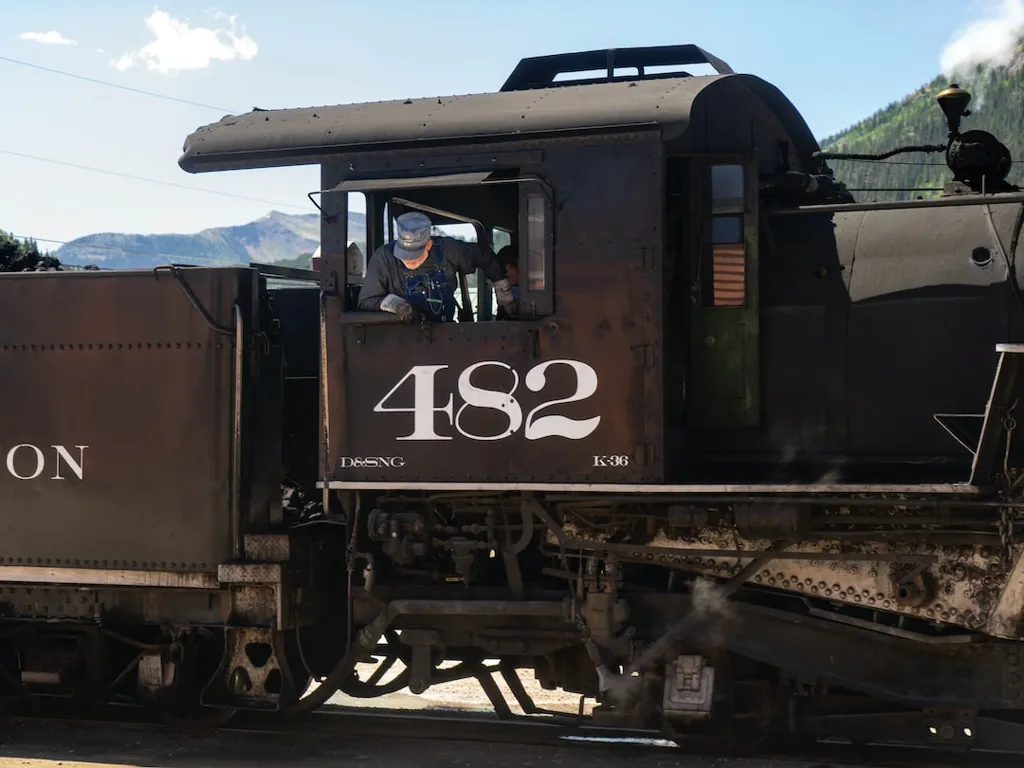How to Become a Locomotive Engineer: Education, Responsibilities, and Career Prospects
Locomotive engineers operate and maintain locomotives, ensuring safe, smooth running while adhering to industry standards and safety regulations. Pursuing a career as a locomotive engineer requires education, training, and expertise.
Education and Training
To become a locomotive engineer, you need a high school diploma or GED. Then, you can complete a training program offered by a railroad company or vocational school, lasting several months, concluding with a written exam and a practical test to obtain certification or a license. Training programs cover different aspects of the job, including types of locomotives, signaling systems, route maps, safety procedures, and maintenance practices.
Responsibilities
Locomotive engineers inspect trains before departure, monitor speed, power, and braking systems while en route, and communicate with dispatchers, yardmasters, and other personnel to coordinate train movements, among other responsibilities.
Career Prospects
According to the U.S. Bureau of Labor Statistics, the median annual wage for locomotive engineers was $66,110 in May 2020. While employment is projected to grow slowly between 2019 and 2029, the demand for experienced locomotive engineers is likely to remain high due to retirements and turnover.
Getting Into the Field
To become a locomotive engineer, you can research job requirements; visit railroad company websites for job openings and hiring criteria; contact a local railroad company for apprenticeship or training programs; enroll in a vocational school offering a locomotive engineering program, or attend job fairs and networking events.
Locomotive Engineers
As mentioned, locomotive engineers operate and maintain trains and locomotives while ensuring passenger and cargo safety.
Job Level and Salary Data
The national average salary for locomotive engineers is $76,044.80 annually for union employees, $74,526.40 for non-union employees, with an average hourly pay of $36.57 and $34.60, respectively.
Effects of Union
Union workers typically receive higher salaries, better benefits, and more job security compared to non-union workers. They also have the protection of collective bargaining agreements that ensure fair treatment and employment conditions.
Geography of Pay
The geographies where the job function is best paid and least paid are New York and North Dakota, respectively.
| Geography | Best Paid | Least Paid |
|---|---|---|
| New York | $102,460 | $61,070 |
| North Dakota | $98,000 | $58,610 |
Conclusion
Pursuing a career as a locomotive engineer requires education, training, expertise, a strong work ethic, attention to detail, excellent communication skills, and the ability to adapt to changing situations. Once you have these skills and experience, you can pursue a rewarding and satisfying career in locomotive engineering.












